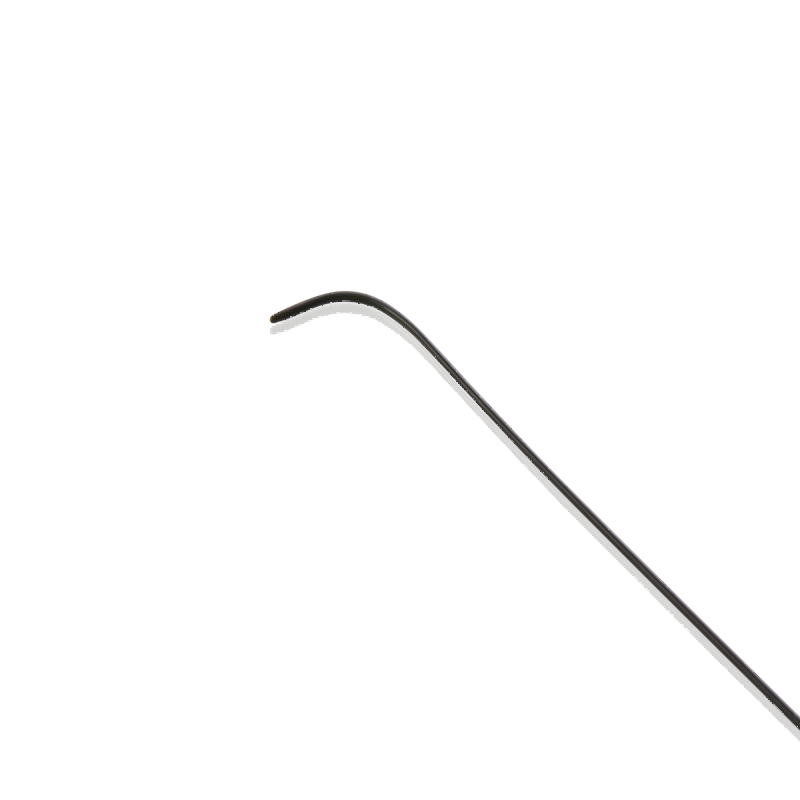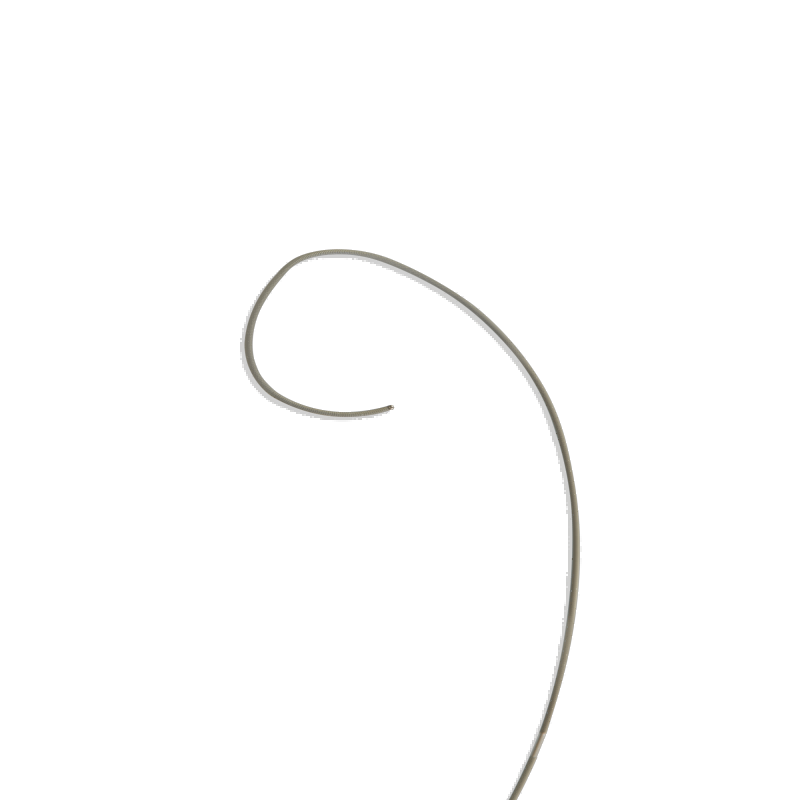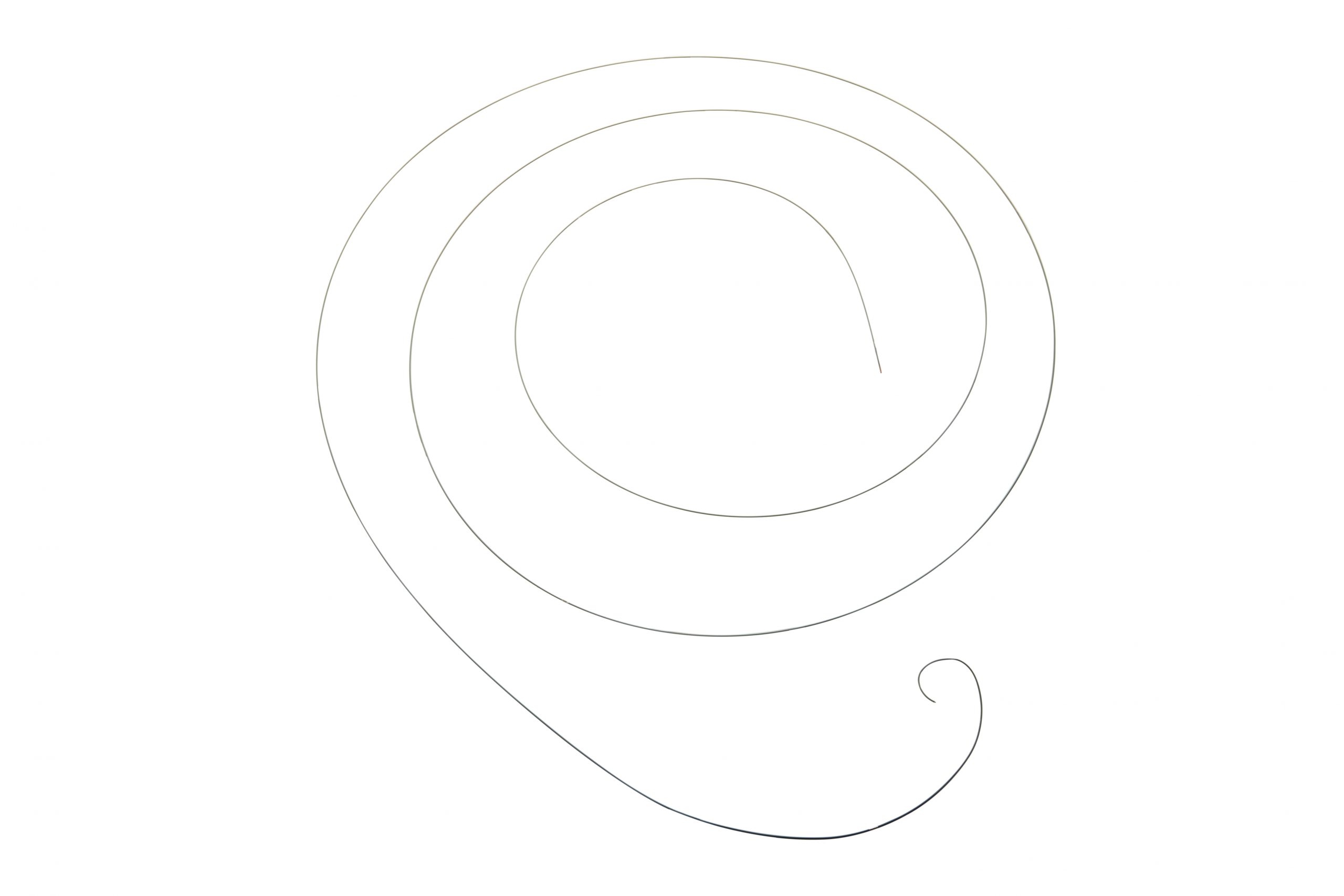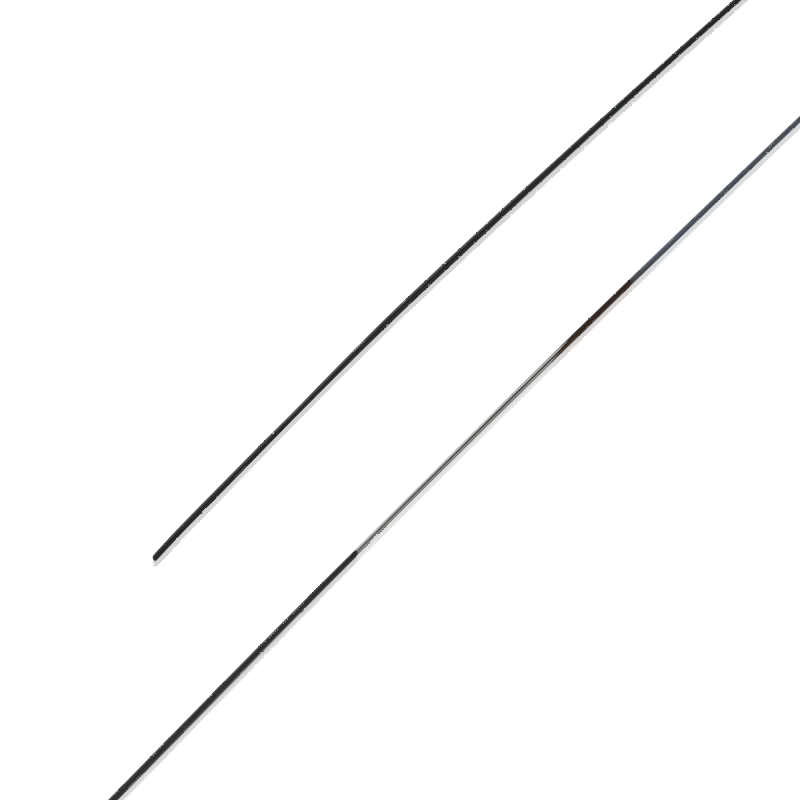Hydrophilic Guidewire
The composition of Hydrophilic Coated Guidewires typically consists of a core material, such as stainless steel or nitinol, surrounded by a hydrophilic polymer coating. Stainless steel provides the necessary rigidity and structural integrity to the guidewire, enabling it to withstand the forces encountered during navigation through the body. On the other hand, nitinol, a shape-memory alloy, offers flexibility and elasticity, allowing the guidewire to adapt to the contours of anatomical structures without sacrificing durability.
The hydrophilic coating, usually composed of PTFE or a similar material, serves as a lubricious layer that reduces friction and enhances the guidewire’s ability to glide smoothly through the vasculature or other bodily passages. This coating undergoes a specialized manufacturing process to ensure uniformity and durability, enabling the guidewire to maintain its hydrophilic properties throughout the duration of the procedure.
- Hydrophilic Coating: Our guidewire boasts a premium hydrophilic coating, designed to swiftly activate upon contact with bodily fluids, facilitating effortless advancement through vessels while minimizing friction.
- High Flexibility: Built with a balance of flexibility and support, this guidewire provides exceptional maneuverability, allowing healthcare professionals to navigate complex vascular structures with ease and accuracy.
- Radiopaque Marker: Equipped with a radiopaque marker at the distal end, this guidewire offers excellent visibility under fluoroscopy, ensuring precise positioning during procedures and reducing the risk of misplacement.
- Multiple Length Options: Available in various lengths to accommodate diverse procedural requirements, our Hydrophilic Coated Guidewire offers versatility and adaptability across a wide range of clinical scenarios.
- Smooth Transition: The tapered tip design facilitates smooth entry into vessels and minimizes trauma to delicate tissues, promoting patient safety and reducing the likelihood of vascular injury.
What is it?
A hydrophilic coated guidewire is a thin, flexible wire used in medical procedures like angioplasty and stenting. It has a special coating that attracts and retains water, making it slippery and smooth. This helps the guidewire navigate through narrow and winding blood vessels with less friction, reducing the risk of damage to the vessel walls.
| Structure | Specification(inch) | Effective Length(cm) | Outer Diameter(mm) | Characteristic | Configuration |
| Proximal stainless steel + distal NiTi memory alloy, proximal PTFE coating + distal hydrophilic coating Inner Layer:Ni-Ti Wire、Outer Layer:TPU+BaSO₄/ Bi₂O₃ | 0.014″-0.014″ 0.014″-0.012″ 0.012”-0.010″ | 200cm,300cm | 0.021″、0.035″、0.038″ | Good smoothness, good softness, little damage to blood vessels | Straight, Angled, J-tip |
- Cardiology: Facilitating the placement of stents, balloons, and catheters during angioplasty and other cardiac interventions.
- Interventional Radiology: Guiding catheters for procedures such as embolization, biopsy, and drainage of fluid collections.
- Urology: Assisting in the placement of ureteral stents and accessing the urinary tract for diagnostic and therapeutic purposes.
- Gastroenterology: Navigating through the biliary and pancreatic ducts for procedures like ERCP (Endoscopic Retrograde Cholangiopancreatography) and stent placement.
Related products
-
Peripheral Micro Guidewire
The peripheral micro guidewire is a specialized medical device used in various diagnostic and interventional procedures to navigate through the peripheral vasculature with precision. Composed of high-quality materials, this guidewire offers exceptional flexibility, durability, and maneuverability, making it an essential tool for healthcare professionals performing peripheral vascular interventions.
-
Pre-shaped Guidewire
The Pre-shaped Guidewire is a specialized medical device used in various diagnostic and interventional procedures to navigate through anatomical structures with precision. Crafted with precision and using high-quality materials, this guidewire offers exceptional flexibility, durability, and maneuverability, making it an indispensable tool for healthcare professionals performing a wide range of procedures.
-
Extra Stiff Guidewire
The Demax Extra Stiff Guidewire is meticulously crafted from high-quality materials to ensure exceptional performance and reliability. Composed of a PTFE-coated stainless steel core wire and a PTFE-coated spring, this guide wire offers optimal strength, flexibility, and maneuverability for navigating through challenging anatomical structures with ease. Additionally, some models feature a radiopaque spring, enhancing visibility under fluoroscopy for precise positioning within the target area. This advanced composition guarantees superior durability, biocompatibility, and performance, making the Demax Extra Stiff Guidewire an indispensable tool for healthcare professionals in various medical procedures.
-
Peripheral Vascular Guidewire
The Demax Peripheral Vascular Guidewire is meticulously crafted using high-quality materials such as stainless steel or tungsten-containing polyurethane tubes, surface coated with hydrophilic coating, known for their exceptional strength, flexibility, and biocompatibility. These materials undergo precision manufacturing processes to achieve the desired diameter, length, and mechanical properties required for effective vascular navigation. The guidewire is coated with a hydrophilic coating to enhance lubricity and reduce friction, ensuring smooth advancement through vascular pathways. With its advanced design and composition, the Demax Peripheral Vascular Guidewire promises to revolutionize peripheral vascular interventions. It offers healthcare professionals a reliable and versatile tool for navigating complex vascular anatomy and delivering optimal patient care.




